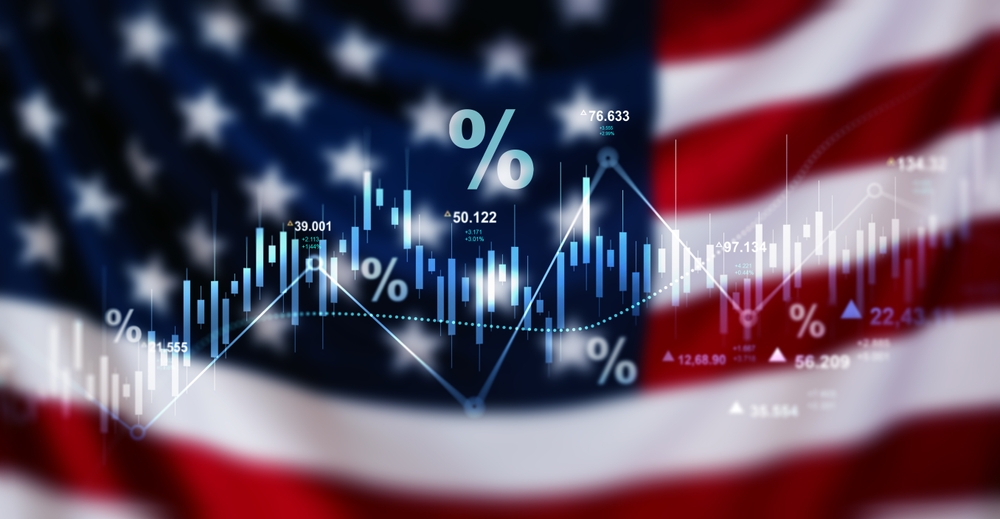Overall prices show minimal movement in May
The pace of inflation in the U.S. stayed mostly unchanged last month, as recently imposed tariffs have yet to significantly impact retail costs. In May, consumer prices were 2.4% higher than a year earlier, showing only a modest rise from April’s annual rate.
Between April and May, prices increased by just 0.1%, marking a slowdown from the 0.2% monthly gain previously recorded. Lower fuel prices played a key role in offsetting increases in food and housing.
Trade policy has not yet shifted consumer costs
Although prices for select products like household goods and toys showed modest increases — possibly linked to import taxes — the broader category of goods held steady. Analysts suggest that the full economic effect of tariffs could emerge in the coming months, especially if trade negotiations do not result in a revised policy.
The current strategy includes tariffs of 10% or more on nearly all imported goods with the possibility of higher rates after a 90-day review period ends next month.
Federal Reserve governor Adriana Kugler noted that rising trade costs might influence inflation trends into 2025, potentially slowing the progress made in recent years. While the Fed lowered interest rates significantly last year, ongoing uncertainty around inflation has made officials more cautious about introducing additional rate cuts.
Most economists anticipate that the Fed will maintain interest rates at their current level during next week’s policy meeting.
Egg and gas prices ease, but energy costs climb
Grocery prices edged up 0.3% in May, but egg prices continued to drop due to the ongoing recovery of the poultry industry after a severe avian flu outbreak. Meanwhile, gasoline prices decreased, but this relief was partly offset by rising utility costs.
The Department of Energy forecasts that air conditioning costs will rise 2.1% this summer, driven by higher electricity rates, even though average temperatures are expected to be slightly cooler than last year.
Electricity costs have surged due to strong demand from industries and data centers, combined with growing natural gas exports, which reduce the domestic supply used for power generation.
Core inflation remains unchanged
Excluding volatile categories like food and energy, core inflation remained steady at 2.8% for the 12 months ending in May — the same rate as the prior annual reading. This consistency suggests inflation is currently contained, even as broader economic uncertainties continue.



